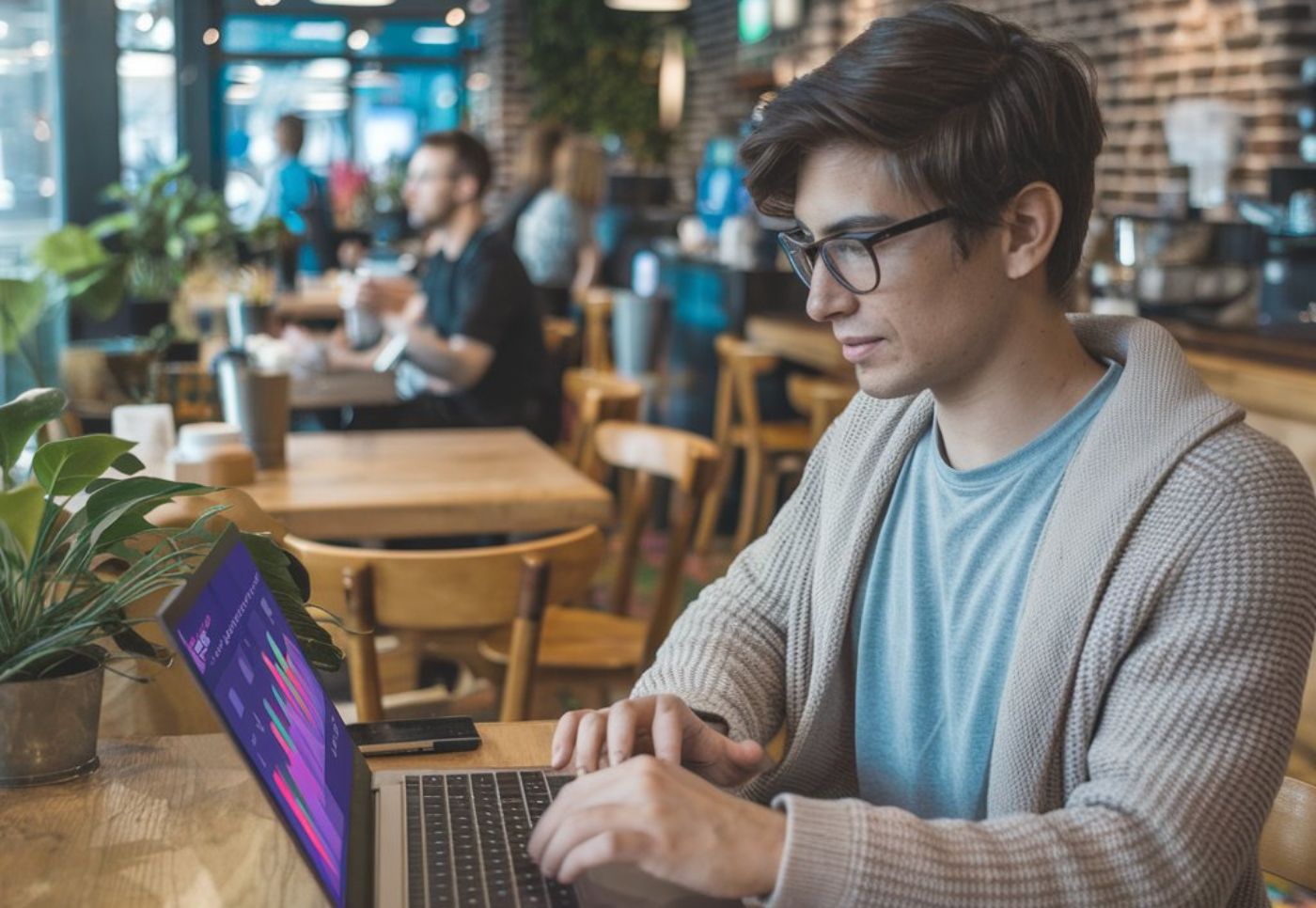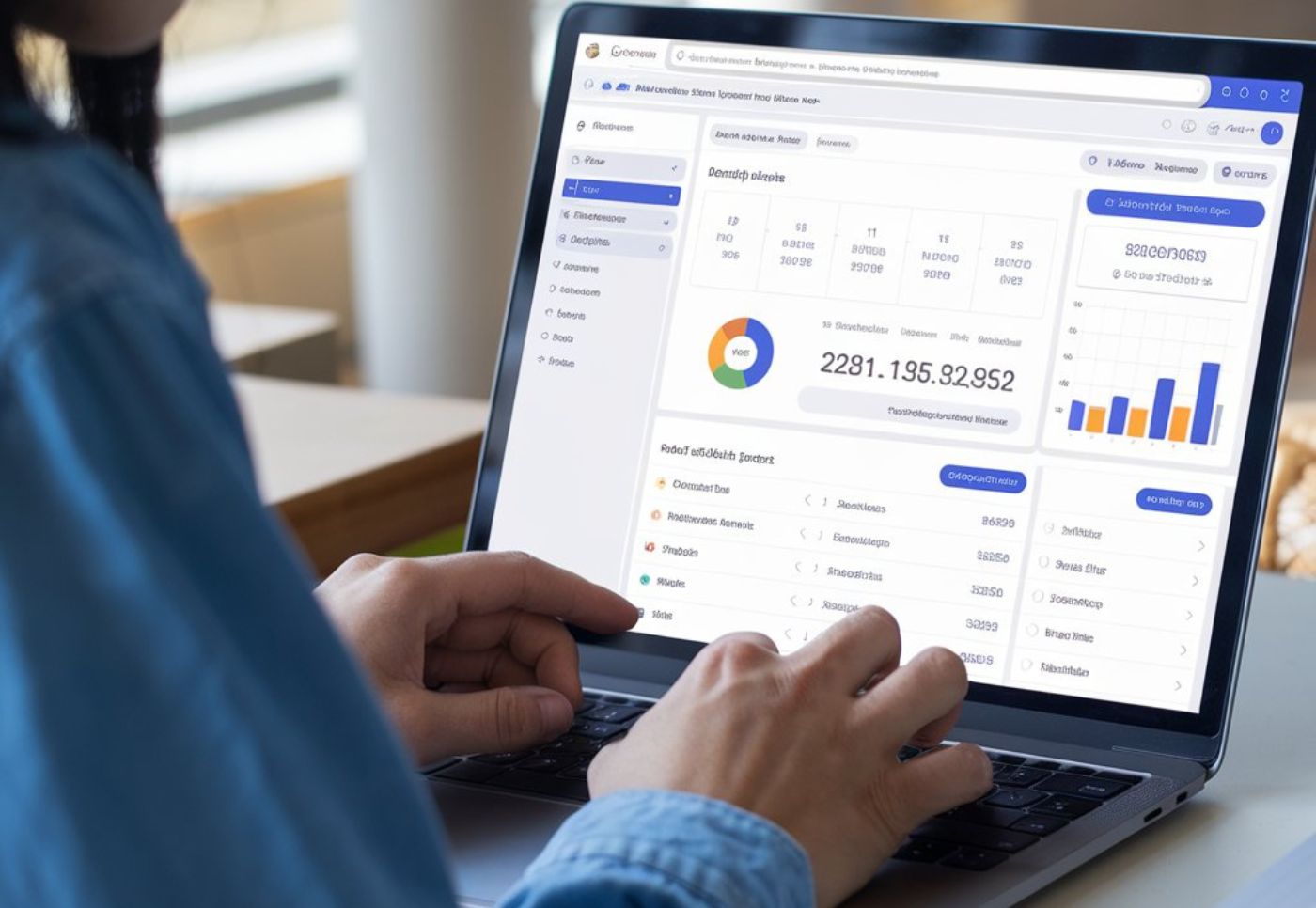How to Get Wikipedia Backlinks in 2025 | Proven SEO Strategies

Wikipedia Backlinks in 2025: How to Acquire Them Effectively
Introduction
When it comes to building a robust SEO strategy, backlinks remain one of the most influential ranking factors. Among all backlink sources, Wikipedia backlinks hold a unique weight. While they are typically “nofollow” (meaning they don’t directly pass link juice in the traditional sense), they play a significant role in improving authority, referral traffic, and online credibility.
Why? Because Wikipedia is one of the most trusted domains in the world. With millions of daily visitors and a strong domain authority, being cited on Wikipedia instantly signals reliability to both users and search engines. In 2025, as algorithms prioritize authority and trustworthiness more than ever, earning Wikipedia backlinks has become a high-value SEO tactic.
Current Trends in 2025
The backlink landscape has changed dramatically over the last few years. Here’s what’s shaping it today:
- Quality Over Quantity
- Search engines have shifted focus from sheer backlink volume to the authority and context of backlinks. A single Wikipedia citation can outweigh dozens of mediocre links.
- E-E-A-T is Crucial
- Google’s Experience, Expertise, Authoritativeness, and Trustworthiness guidelines now sit at the heart of ranking. Wikipedia backlinks, by association, enhance perceived authority and reinforce trust signals.
- AI-Driven Content Scrutiny
- With AI tools flooding the web, search engines are hyper-focused on detecting spammy or irrelevant backlinks. Getting a legitimate link from Wikipedia requires genuine value, not quick hacks.
- Wikipedia as a Knowledge Hub
- Beyond SEO, Wikipedia backlinks in 2025 function as a brand awareness channel. Users who discover your link there are often information-driven, making them high-quality traffic leads.
Strategies for Acquiring Wikipedia Backlinks
Securing a backlink from Wikipedia isn’t about gaming the system. It’s about adding value. Below are five actionable strategies that work in 2025:
1. Identify Broken Links on Wikipedia
- What to Do: Wikipedia has countless pages with outdated or dead external references. Use tools like WikiGrabber or Dead Link Checker to find broken links in your niche.
- How to Leverage: If your content is relevant, updated, and trustworthy, you can replace the broken citation with your link.
- Best Practice: Ensure your source is genuinely valuable, not just promotional. Write with a neutral, informative tone.
Example: A digital marketing firm with a comprehensive guide on “Search Algorithm Updates 2025” could replace a broken SEO reference link in a related Wikipedia article.
2. Create High-Value Content That Deserves Citation
- What to Do: Invest in authoritative, data-driven, evergreen content (case studies, research reports, whitepapers). Wikipedia editors prefer factual and verifiable sources.
- How to Leverage: Once published, look for related Wikipedia articles where your content could strengthen the credibility of information.
- Best Practice: Original research, statistics, and in-depth studies have the highest acceptance rates.
Example: A health-tech startup publishing original statistics on “Wearable Devices Adoption in 2025” could secure citations in related Wikipedia health and technology pages.
3. Engage with the Wikipedia Community
- What to Do: Create an account and contribute meaningfully to Wikipedia discussions, edits, and references. Editors are more likely to trust established contributors than random link droppers.
- How to Leverage: Build a reputation before adding your backlinks. Focus on improving the platform, not just your SEO.
- Best Practice: Balance edits—add external links only where they add actual value.
Example: A cybersecurity company that actively improves pages about “Data Breaches” can later introduce their research paper as a citation, with higher chances of approval.
4. Leverage “Citations Needed” Tags
- What to Do: Many Wikipedia pages contain [citation needed] tags where facts are unsupported. This is your golden opportunity.
- How to Leverage: If your content verifies that claim, provide it as a citation.
- Best Practice: Ensure the content is published on a credible site (not just a company blog). Consider guest posts on trusted platforms if necessary.
Example: A fintech blog that explains the evolution of “Digital Wallet Regulations in India” could cite their well-researched article to fill a citation gap on the Wikipedia page for “Digital Payments in India.”
5. Build Partnerships for Visibility
- What to Do: Collaborate with universities, researchers, and journalists. Academic and media content often finds its way into Wikipedia as references.
- How to Leverage: If your brand contributes research or expertise to these publications, your backlinks naturally enter Wikipedia citations.
- Best Practice: Think long-term. Instead of directly aiming for Wikipedia, strive for recognition in authoritative sources that Wikipedia editors frequently cite.
Example: A renewable energy company co-authoring a sustainability report with a university could earn citations in Wikipedia articles about “Solar Energy in Developing Nations.”
Common Pitfalls to Avoid
Getting Wikipedia backlinks requires care. Here are mistakes you must steer clear of:
- Spamming Links
- Adding irrelevant links will likely get flagged or removed. Worse, your account may be banned.
- Overly Promotional Content
- Wikipedia prioritizes neutral, factual references. Self-promotional blog posts rarely survive edits.
- Ignoring Notability Guidelines
- If your source doesn’t meet Wikipedia’s notability standards (peer-reviewed, cited by others, recognized authority), it won’t stick.
- Not Keeping Content Updated
- Outdated sources are quickly replaced. If you’re cited, ensure your content is regularly updated with the latest insights.
- Skipping Community Engagement
- Dropping links without contributing to the Wikipedia community reduces credibility and trust.
Conclusion
In 2025, Wikipedia backlinks remain one of the most valuable yet challenging SEO assets to acquire. Unlike traditional backlinks, they require a thoughtful, ethical, and value-driven approach.
- Focus on finding broken links and replacing them with your updated resources.
- Create data-rich content that naturally attracts citations.
- Engage with the Wikipedia community to establish credibility.
- Look for opportunities where citations are needed.
- Partner with credible institutions for long-term visibility.
Avoid shortcuts and spammy tactics—because in the end, Wikipedia’s editors are vigilant, and search engines are more intelligent than ever. By playing the long game, your brand not only secures backlinks but also builds undeniable authority and trust.
Ready to scale your SEO strategy? Start by aligning your content with Wikipedia’s standards, and you’ll unlock backlinks that drive both traffic and credibility in 2025 and beyond.






